Greetings from England! We’re here braving the wet and cold weather to witness the RAC Future Car Challenge from Brighton to London. The challenge (it’s not a race, according to organisers Royal Automobile Club of Pall Mall London) happens this Saturday in the UK, one day before the RAC’s famous London to Brighton Veteran Car Run.
Just as the Veteran Car Run celebrates the great cars of yesterday, the Future Car Challenge seeks to promote, demo and challenge clean and green cars – the cars of the future. The FCC also runs the opposite direction of the veteran run, starting from the coastal town and heading to the capital city.
This is the second year of the RAC Future Car Challenge, which seeks to find the most efficient and least energy consuming cars in different categories. National carmaker Proton, which won the “Best Range Extender EV” award last year with the Exora REEV, is entering three cars this year – Saga EV, Exora REEV and Persona Elegance REEV, the latter a newly built car with the same drivetrain as the MPV.
These cars were developed in partnership with Frazer Nash Research Ltd, a British based R&D company specialising in electric vehicle powertrains. Earlier today, we visited FN’s headquarters in Surrey to learn more about the company and its relationship with Proton. We also got to sample the Exora REEV and Saga EV at a small test track. Having already driven the Exora REEV last year (click here to read our exclusive test drive report), I paid attention to the electric Saga.
Some might have heard of an electric Saga before, perhaps an older concept, or some university project. But this is the real thing, one that’s just been handed over to Malaysian government agencies for fleet testing, and one that Proton plans to sell to Malaysians for around RM70,000 come 2013. Out goes the Campro drivetrain, fuel tank and differential, and in comes a Frazer Nash created electric drivetrain.
This consists of a permanent magnet AC synchronous motor, powered by a lithium ion battery pack (15.9 kWh peak energy, 105 Wh/kg density) from a German company. Expect a 10-year warranty for the battery in the production car.
Output is rated at 52 kW (70 hp) and 198 Nm of torque. Typical of EVs, all that torque is available from rest or 0 rpm, so it feels very fast. While the target is 0-100 km/h below 10 seconds (Saga 1.6 AT does it in 14 secs), it feels a lot faster in the real world. They don’t have it, but an 0-40 km/h reading should prove the point well.
Of course, this is an EV and the main points should be zero tailpipe emissions and zero fuel consumption. The claimed range on a full charge is 120 km, but we’re told that 75 to 80 km of real world use is easily achievable. In the most recent test, the Saga EV on 91% charge did 93 km cruising with 20% charge left.
Some might doubt the level of engineering here – can a Proton EV be as good as one from Mitsubishi, Nissan or Renault? Others will ask whether a carmaker that doesn’t make the best conventional cars around can make advanced EVs work. Here’s the answer given: first, Frazer Nash has 20 years experience with EVs and has proprietary tech that’s best in the business. Secondly, the future is electric, and EVs are new to all, so Proton can start on the same line as the bigger companies, not play catch up like with its conventional cars.
A drive should be enough to kill the skepticism, as the other media personnel, EV virgins, found out. They were smiling ear to ear and gushing with praise for the Proton EVs after driving them on Frazer Nash’s mini test track. My turn came and I left truly impressed as well!
The interior is standard Saga except for the instrument panel and centre stack display, which are similar to that on the Exora REEV. This means that there’s no rpm meter, but an energy meter, and all EV info such as range and charge level are displayed on the touch screen central display.
Started the car silently and started of in D mode on the gear lever, and the Saga eased off without noise in typical EV fashion. There are no sounds apart from a faint whirr and road/tyre noise, the first things first timers will notice. In D, speed is capped at 30 mph (48 km/h) and my chaperone tells me that the Saga is using only 20% of its potential at this point. Maximising efficiency is great for city traffic, but I didn’t have much time…
So into S mode and the inner section of the wet and slippery track, which has some incredibly tight corners. Floored it and the stock tyres screeched a bit before the car thrust forward. The strong, effortless acceleration wasn’t surprising, and the experience not too different from what one will get in an i-MiEV. Then came the first corner.
It had gone in too fast, and the FWD Saga was understeering into the grass. But I remembered the “digital differential” Frazer Nash is very proud off, and instead of backing off the gas, gritted my teeth and powered on. And like magic, the car dug in and changed direction. From then on, I went into each corner faster than I would normally, and powered through the bends. Getting up to speed again was also instant thanks to the low down torque. Surreal in a Saga on a wet track!
The Goodyears made a lot of noise throughout, but the Saga EV continued to defy logic. But to get it in the zone, one must overcome the natural reaction of “back off when understeer” and ignore the mega body roll – this is no sports car and the comfort oriented suspension is stock. Basically, ignore all signs that you’re gonna crash and you’re gonna be rewarded with giggles. Time pasts faster when you’re having fun, so my two tight laps were over in a blink.
This “digital diff” is basically software that delegates torque to the wheel that has grip in corners, like how a limited slip differential (LSD) works in cars like the Megane Renaultsport. It’s also something like torque vectoring in mega SUVs. This means that there’s no mechanical diff at work, something Fraser Nash thinks is an outdated and inefficient solution.
The Saga EV as an autokhana hero? Sounds as absurd as asking a police officer to write ad copy, but I’m already imagining it with sports suspension and better tyres now – could be very tasty! But of course, the Saga EV is all about emissions free motoring and never needing to visit a petrol station again.
Along with the REEV powered Exora and Persona, it should do well in the RAC Future Car Challenge this Saturday. Stay tuned!
AD: Drive the Proton model of your dreams. Submit your details and Proton PJ will get in touch with you.
Looking to sell your car? Sell it with Carro.

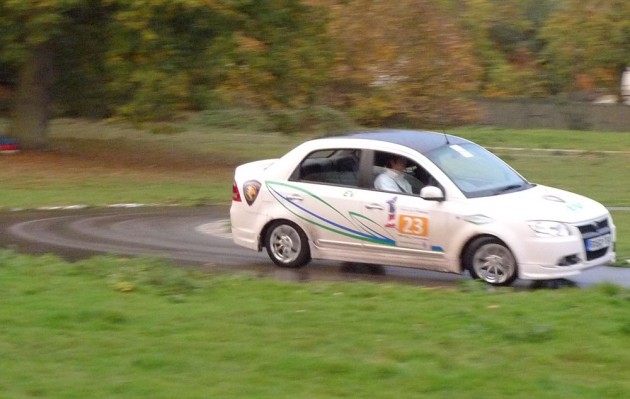
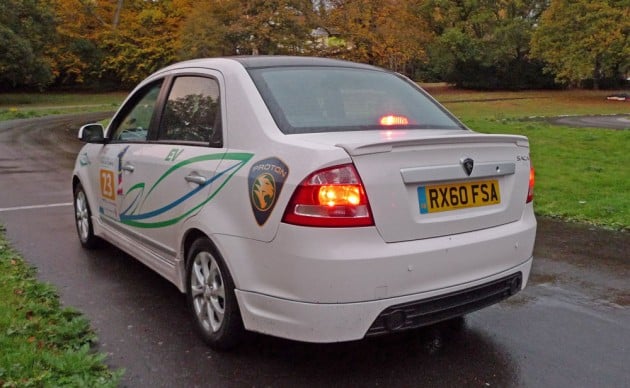
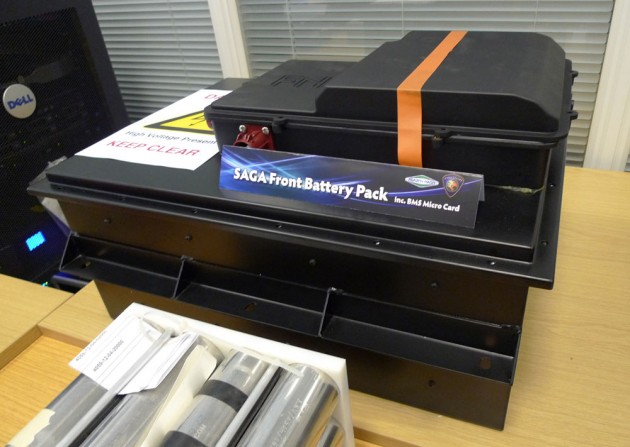
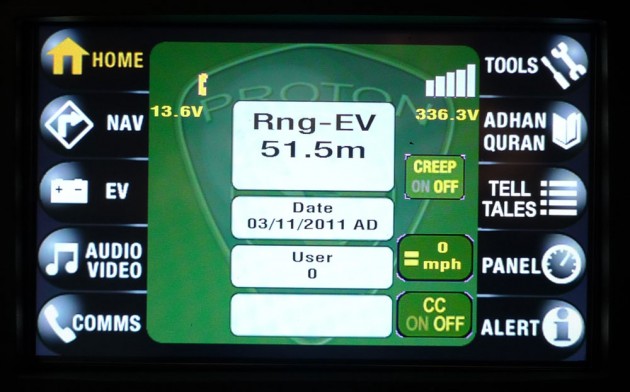
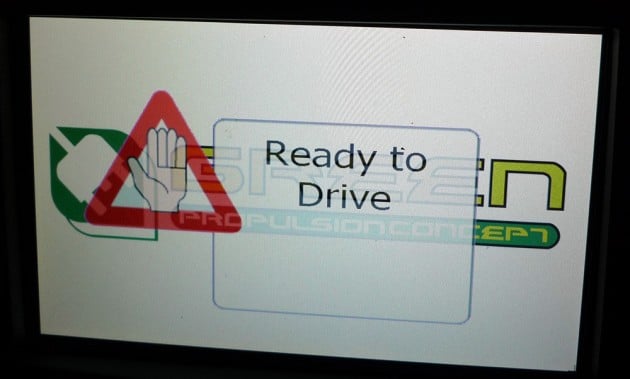
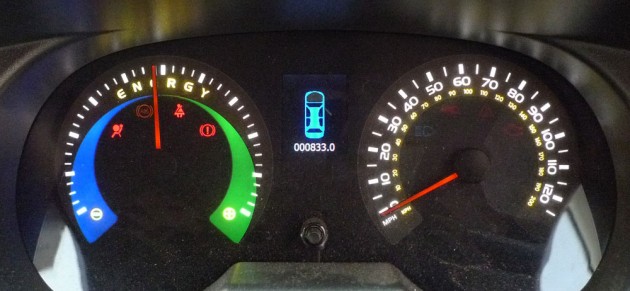
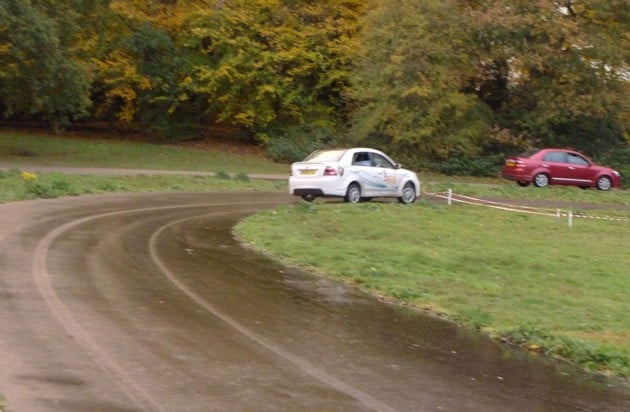



















AI-generated Summary ✨
Comments express enthusiasm for Proton's move into electric and hybrid vehicles, highlighting the potential for future models like Saga EV and Exora REEV, expected around 2013. There is optimism about Proton's collaboration with Frazer Nash and university research centers, emphasizing the importance of technological development and local expertise. Several comments discuss infrastructure challenges, advocating for the rapid deployment of charging stations and innovative solutions like battery swapping. Others mention the possible market advantages in eco-friendly countries and potential export to Muslim-majority regions. Concerns about design, interior quality, and the need for Proton to accelerate development are also raised. Overall, sentiment is positive, with hope that Proton’s innovations will position the brand competitively in the green vehicle segment.